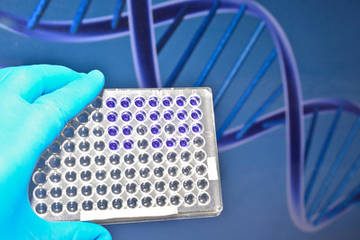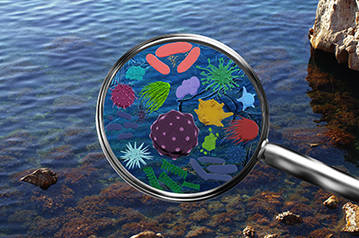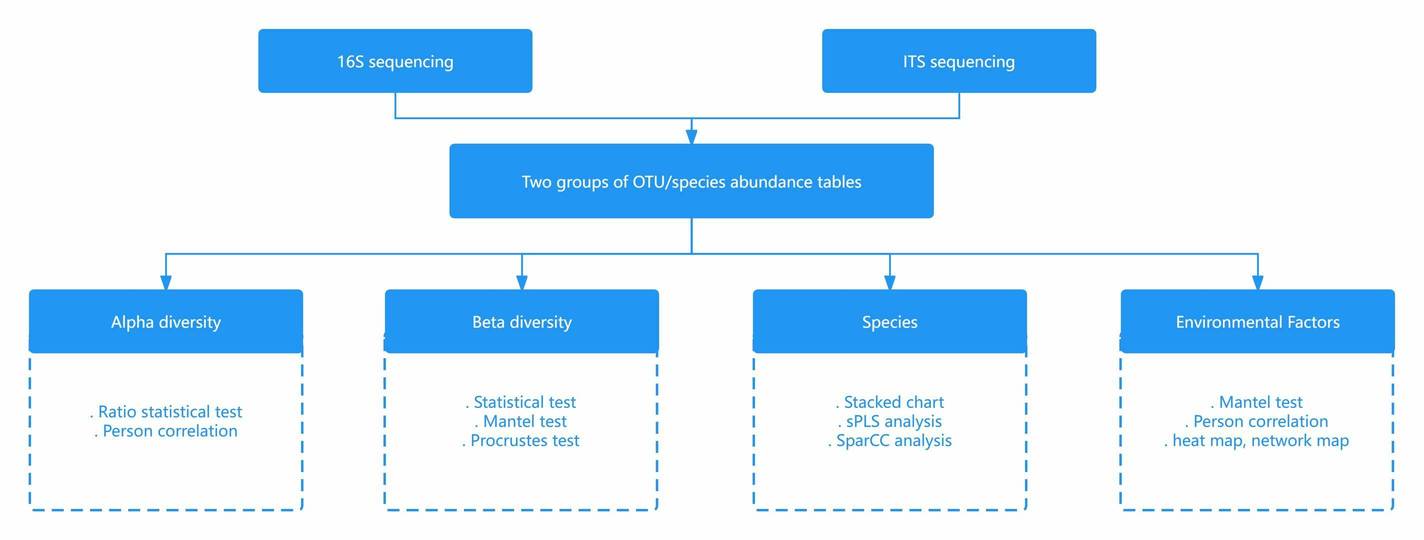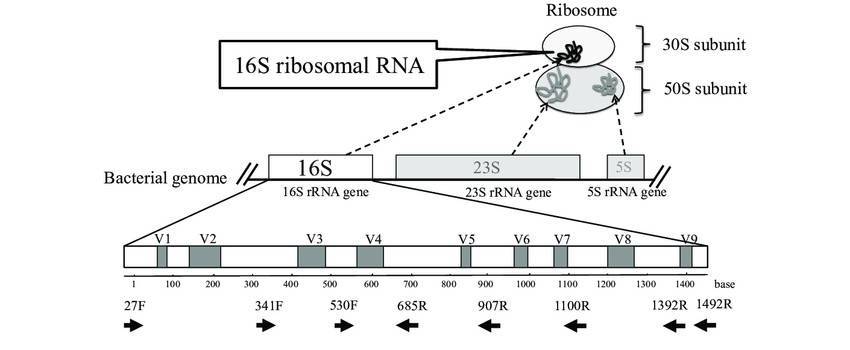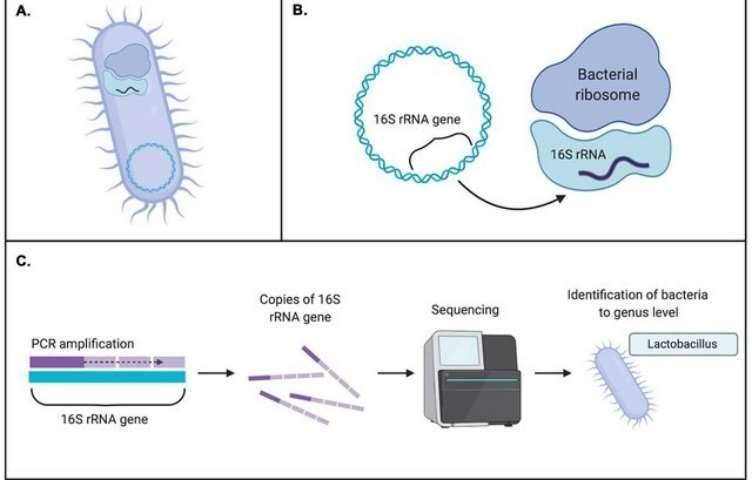Case Studies of Amplicon Sequencing Applications
Through the utilization of amplicon sequencing technology, we gain the ability to investigate the diversity, structure, and functionality of microbial communities in diverse environments. The following presents a partial analysis of case studies applying amplicon sequencing in practical scenarios.
Soil Microbial Community Research
Microbial resources in soil play a pivotal role in plant growth and soil fertility. Amplicon sequencing technology facilitates an in-depth exploration of the structure, functionality, and interrelationships within soil microbial communities. This analysis extends to examining their impact on environmental factors, agricultural management practices, and ecosystem functions. The application of this technology contributes robust scientific insights that can underpin sustainable agricultural development and soil ecological restoration.
Abundant fungi dominate the complexity of microbial networks in soil of contaminated site: High-precision community analysis by full-length sequencing
In January 2022, an article addressing the complexity of microbial communities in contaminated soil using full-length amplicon sequencing was published in the "Science of the Total Environment" journal. This study elucidates the composition and dynamic characteristics of microbial communities in polluted soil from a full-length sequencing perspective. Employing both the PacBio and Illumina platforms for simultaneous 16S rRNA/ITS amplicon sequencing, the research scrutinized the structure of microbial communities in contaminated soil. The findings indicate that heavy metals and soil texture significantly influence the microbial community structure. Bacterial communities and dominant taxa are primarily governed by deterministic processes, while other taxa are subject to stochastic processes. Furthermore, the study suggests that with the advancement of databases and improvements in sequencing methodologies, the application of full-length sequencing to environmental samples holds promising prospects.
Aquatic Microbial Community Research
Amplicon sequencing technology holds extensive value in the study of microbial communities in aquatic environments, including seawater, lakes, and rivers. Through in-depth analysis of the composition and dynamic changes in microbial communities within water bodies, we can gain deeper insights into the health of aquatic ecosystems and the current status of environmental conservation. The application of this technology contributes to a better understanding and preservation of aquatic ecosystems, providing a scientific foundation for environmental conservation and sustainable development.
Full-length 16S rRNA gene sequencing reveals spatiotemporal dynamics of bacterial community in a heavily polluted estuary, China
In January 2021, an article was published in the "Environmental Pollution" journal, delving into the spatiotemporal dynamics of bacterial community structure in a heavily polluted estuary revealed through full-length 16S rRNA sequencing. The study employed full-length amplicon sequencing technology to investigate bacterial community structures in the Liao River estuary. Initially, 57 samples were collected and categorized based on environmental conditions, regions, seasons, and lifestyles.
The findings indicated that in marine water, both particle-attached bacteria (PA) and free-living bacteria (FL) exhibited higher α-diversity in the coastal area during the dry season, shifting to the midstream region during the rainy season. Differences in bacterial community structure at the genus level were observed between sediment and seawater samples in coastal areas, with habitat type being the primary influencing factor. Bacterial communities of different lifestyles showed significant differences during the dry season, while no apparent disparities were observed during the rainy season, signifying a consequence of shifts in the lifestyle of planktonic bacteria.
Spatial variations in bacterial community structure were observed in sediment samples, with no seasonal changes. Tides and nutrients emerged as principal drivers for bacterial communities in marine water. This study contributes to understanding the impact of human activities on bacterial communities in the Liao River estuary.
Research on the Human Microbiome
Within the human body, numerous microbial communities exist, such as the gut microbiota and skin microbiota. These microbes play a crucial role in maintaining human health. Through the application of amplicon sequencing technology, we can gain profound insights into the distribution and functions of these microorganisms within the human body. This knowledge serves as vital reference information for the diagnosis, treatment, and prevention of diseases.
High-Resolution Differentiation of Enteric Bacteria in Premature Infant Fecal Microbiomes Using a Novel rRNA Amplicon
identification of intestinal bacteria in the fecal microbiome of preterm infants using amplicon sequencing. The study employed a novel sequencing kit, combining DNA extraction, PCR amplification of the rRNA operon region, and downstream bioinformatics data analysis. Longitudinal microbiome samples from twins admitted to two different Neonatal Intensive Care Units (NICUs) were analyzed using 2500-base pair amplicons spanning the 16S and 23S rRNA genes and aligned to a newly customized 16S-23S rRNA database.
The use of DADA2-inferred Amplicon Sequence Variants (ASVs) provided sufficient resolution to distinguish rRNA variants. These strains were closely related to Klebsiella pneumoniae, Escherichia coli, and Enterobacter strains, not previously sequenced, constituting the first batch of bacteria colonizing the infant intestines post-NICU admission. Different ASV populations were monitored over time between the twins, demonstrating the potential to trace the sources and transmission of symbionts and pathogens. The high-resolution classification obtained through long amplicon sequencing enables the establishment and tracking of microbial communities in infant gut environments within the hospital setting, both temporally and spatially.
Microbial Community Studies in Food and Fermentation Industries
In the realms of food fermentation and the production of bioproducts, microorganisms play a pivotal role in enhancing food quality and safety. The application of amplicon sequencing technology contributes significantly to optimizing fermentation processes, improving product quality, and consequently enhancing the economic efficiency of the industry.
PacBio sequencing reveals bacterial community diversity in cheeses collected from different regions
In January 2021, the Journal of Dairy Science published a study employing PacBio SMRT sequencing technology to investigate the bacterial communities in cheeses collected from various regions. A total of 144 bacterial genera were identified, including Lactobacillus, Streptococcus, Micrococcus, and Staphylococcus, encompassing 217 bacterial species such as lactococci, thermophilic streptococci, Mannheimia haemolytica, and Streptococcus agalactiae. Significant variations among samples were observed at the OTU level, and based on flavor quality detected by an electronic nose system, samples clustered into two distinct groups on a PCA plot. Identification of different bacterial species and metabolic pathways suggested potential factors contributing to the unique flavors of the cheese samples.







